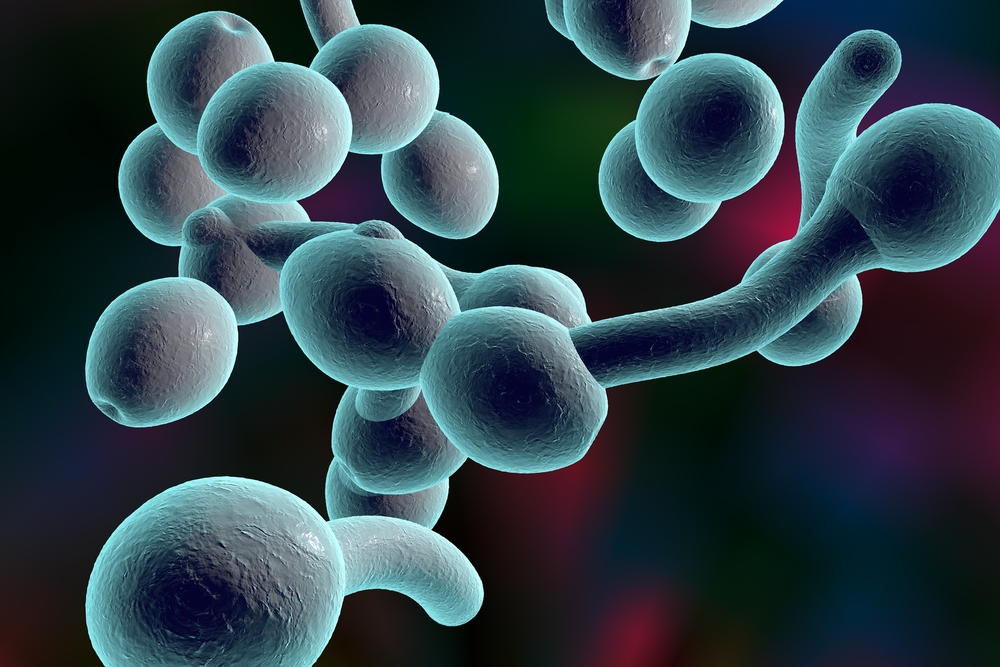Lupus Inflammation Linked to Fungal Infection May Have Control Mechanism
Written by |

A recent study has identified two novel substances — an antioxidant and an anti-inflammatory agent — that can control the excessive inflammatory response to fungal infection often seen in patients with systemic lupus erythematosus (SLE).
Earlier studies have shown that invasive fungal infection (IFI) with the fungus Candida albicans can be life-threatening for SLE patients. Research also indicates that active lupus disease might be a risk factor for fungal infection in these patients.
During infection, Candida albicans can be present in either a circular or a filamentous form. The inflammatory responses toward the two distinct forms are complex and have long posed a major challenge to the understanding of interactions between the fungus and its human host.
The filamentous form of the fungus is more aggressive, but human immune cells, called neutrophils, have developed several strategies to combat both forms. These immune cells are able to consume the fungi or secrete antimicrobials that kill them. Neutrophils can also release a web-like structure, composed of DNA backbone and antimicrobial proteins, called a neutrophil extracellular trap (NET). The NET is able to ensnare and kill fungi. However, uncontrolled NET release may damage tissue and has been associated with inflammatory diseases such as SLE and atherosclerosis.
Ava Hosseinzadeh, a doctoral student in the department of Molecular Biology at Umeå University, Sweden, who performed the research, said in a press release, “These anti-inflammatory agents will likely have an implication for future efforts to develop therapies for inflammatory-related diseases due to Candida albicans infections. An effective treatment for inflammatory complications associated with the fungal infection could save the lives of people who for different reasons have a compromised immune system.”
Dr. Hosseinzadeh, who is part of Constantin Urban’s research group at MIMS (Molecular Infection Medicine Sweden), developed a new method to compare the circular and filamentous forms, allowing the study of NET-mediated inflammatory responses. The method led to the discovery of the antioxidant and anti-inflammatory substances.
The finding opens up new possibilities for drug development for IFI infections in SLE patients.




